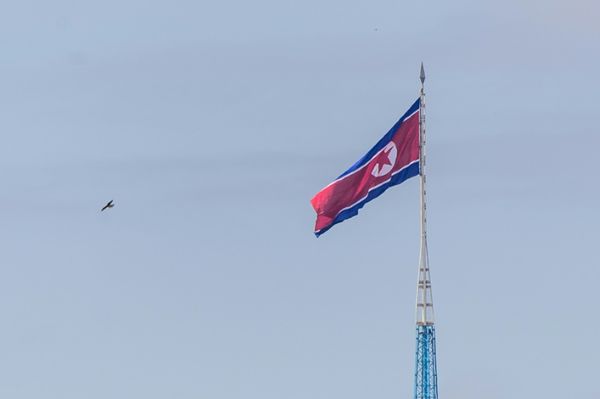
Indigenous deaths in custody must stop rather than just be counted, families and advocates said after the government announced a real-time database to collect all custodial deaths as they happen.
The federal government revealed the new deaths in custody reporting system on Wednesday, with states and territories agreeing to provide more up-to-date figures on people dying in state and territory watch-houses, police stations, prisons and detention centres.
Paul Silva’s uncle, David Dungay Jr, became the face of the Black Lives Matter movement in June 2020, after Dungay’s death in Sydney’s Long Bay jail in 2015 – his last words were “I can’t breathe”.
The Dunghutti man said he hoped families would be notified of a death sooner. Reporting could assist in monitoring and more transparent data collection, but Silva said tallying deaths in custody was not addressing the fundamental causes.

“We’re just saying, ‘OK, it’s over 540 Aboriginal deaths in custody now. Let’s just keep adding to that database’ … We’ve demanded drastic action on deaths in custody, but it just seems like they’re going to implement something that shows that deaths in custody are still going to occur.
“Families are being traumatised. Human beings are losing their lives, and there’s no justice or accountability. I want to see the day when deaths in custody stop.”
In a statement, the federal government acknowledged the trauma and immense grief families and communities face and said it agrees systemic issues contributing to deaths in custody must be addressed.
“Real-time reporting will ensure we have better data from every state and territory to identify systemic failures in custodial practices and try to prevent future deaths occurring in similar circumstances.”
Tanya Day, a Yorta Yorta woman, died in hospital in December 2017 from a brain haemorrhage sustained when she fell and hit her head in police cells after being arrested for public drunkenness. Following sustained criticism and pressure the Victorian government committed to abolishing the law in November.
Day’s death led to her daughter Apryl Day campaigning to stop black deaths in custody and start the national Dhadjowa Foundation to support and advocate for families whose loved ones have died in custody.
Day said she felt the database reduces her mother to a faceless number. “They are putting my mum and our loved ones into a database and dehumanising them and making them another statistic which is what we actively try not to do when campaigning and advocating for our loved ones.

“They are extracting information and putting all of our pain and our heartache and my mum’s life and legacy that she left behind into just another number on a database.”
She said the government had failed to consult with families or her organisation about the database saying it was a missed opportunity to work with families directly impacted.
“They haven’t even consulted us about the database, let alone consulted us about including our loved one within this number.”
Day is urging states and territories to address systemic racism and incarceration contributing to deaths in custody, such as racial profiling and racism in healthcare, homelessness and closing youth detention centres.
Guardian Australia examined every Indigenous death in custody from 2008 to 2021, but the numbers tell only part of the story. Reading more than 500 coronial reports, Guardian Australia found an ongoing record of systemic failure. The database continues to be updated.
Previously the number of Aboriginal people dying in custody since 1991, the year of the royal commission into Aboriginal deaths in custody, was unknown.

The National Indigenous Australians agency told Senate estimates in March 2021 it relied on media reports, and the Australian criminal institute agreed to increase their reporting from annually to quarterly.
Under pressure from this project, the government committed to a real-time database – one of the recommendations of the 1991 royal commission.
A spokesperson from the Attorney General’s office said that real time reporting was an election commitment as well as a key recommendation from the royal commission.
The government said its committed to addressing the underlying causes contributing to the over-representation of Indigenous people in the justice system and is investing $81.5m to support community-led justice reinvestment programs in 30 communities.







